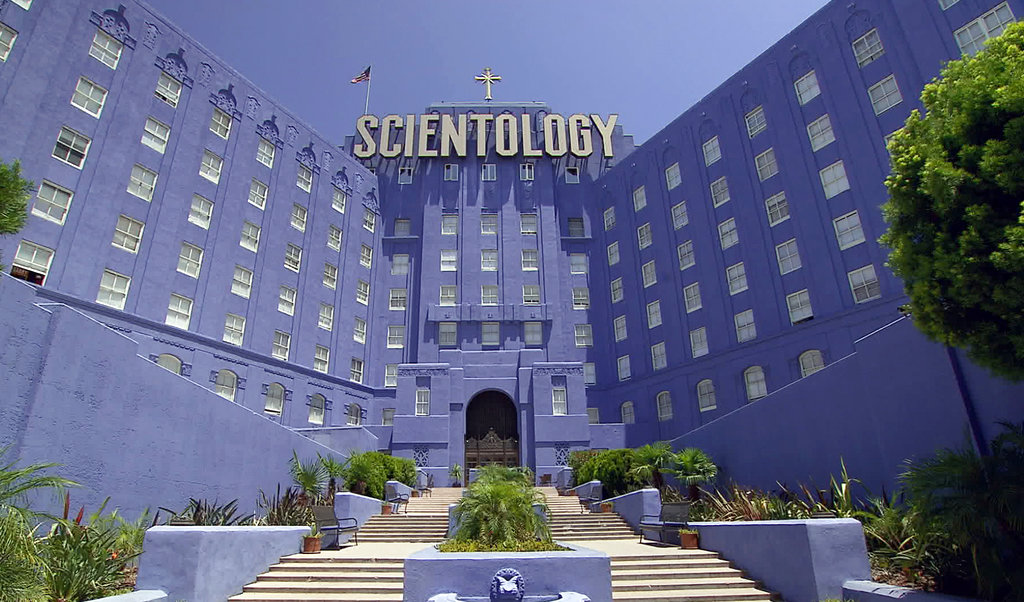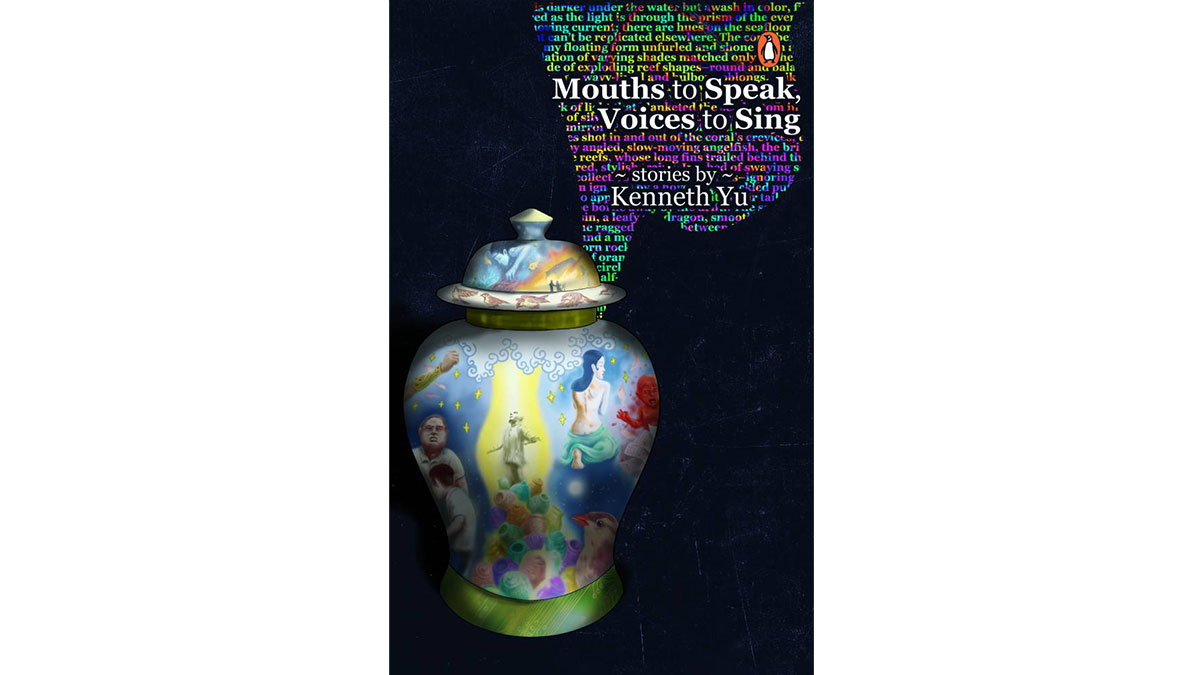
NEW YORK (AP) — You’re on the couch. It’s been a long day. The remote control is in your hand. What can you watch?
There’s that new CNN documentary series on the pope. Or maybe you’re more in the mood for some sinners in “Girls Incarcerated” on Netflix? There are cute critters on Hulu’s “March of the Penguins 2: The Next Step” or you could watch former slugger David Ortiz as he figures out his next career step on “Fusion”.
Keep scrolling? Sure. What about a new three-part documentary about Silicon Valley on Science? Or the series about gangsters on Reelz? How about the A&E series on adults returning to high school in “Undercover High”? What about some David Bowie or Elvis on HBO?
If you’re looking for documentaries these days, they’re hard to miss. Once considered more medicinal than entertaining and consigned to high-brow places like PBS and art house theaters, documentaries are scattered across the film and TV spectrum, as well as online portals like Facebook Watch or YouTube Red and on video streaming apps like go90. Even mighty NBC is getting in on the act with a documentary on Martin Luther King Jr. airing Saturday night.
“It feels like the golden age of documentary right now,” says Josh Koury, a professor at Pratt Institute and a documentary filmmaker. “It’s an amazing time to be making documentary stories.”
Starz, which last fall began offering new documentaries for the first time, has doubled down by adding four original docuseries to its summer schedule, exploring everything from the criminal justice system to the legacy of hip-hop.
Jeffrey Hirsch, chief operating officer for Starz, says the boom owes a large part to technology, which has allowed filmmakers access to relatively inexpensive high-quality cameras and editing equipment. What has emerged for content-hungry platforms is often a cheaper alternative to scripted films and series.
“The cost of creating these stories has come down, I think. The ability to travel and to actually be your own investigative journalist has become possible. And the world has gotten smaller through technology,” he said. “So I think the opportunity to relive or retell some of these stories has become a lot more accessible.”
Showtime also has increased its output of documentaries, said Vinnie Malhotra, head of documentary programming for the network. He marvels at how much the landscape has changed from 15 years ago when docs were independently financed and had limited releases.
“There are more outlets for documentary than there ever have been before,” he said. “There’s a lot of money being fueled into the documentary industry from newer platforms that have emerged with interest in the form of storytelling — places like Netflix, places like Amazon, other streaming and tech companies.”
No wonder recent documentaries have lately found themselves at the center of popular culture, including Ava DuVernay’s “13” on the American prison system, the Oscar-winning “O.J.: Made in America”, ”The Jinx” about Robert Durst, and “Blackfish”, for treatment of orcas. Netflix scored its first Oscar this year with the documentary “Icarus”.
Award-winning filmmaker Darren Aronofsky has been lured to the genre, executive producing National Geographic’s 10-episode “One Strange Rock” about planet Earth — and he’s brought Will Smith along to narrate.
The lure of documentary-making has also recently attracted Judd Apatow, known for scripted comedies like “Knocked Up” and “The 40-Year-Old Virgin”. Said Apatow: “I’ve probably wanted to make one for a very long time but didn’t know how to approach it.”
In 2016, he teamed up with Michael Bonfiglio on “Doc & Darryl” for ESPN’s “30 for 30” series and last year’s “May It Last: A Portrait of the Avett Brothers” on HBO. This month he’s on his own with a four-hour HBO documentary about Garry Shandling.
“I’m endlessly fascinated by how we all deal with this life. Sometimes it’s fun to write about it but lately I seem much more interested in trying to capture how different people have chosen to live,” Apatow said.
“We’re in an amazing environment where, as a result of all these streaming services and cable stations, they desperately want great documentaries,” he added. “Now we’re getting incredible documentaries. I couldn’t be happier about it.”
Many thank Sheila Nevins for bringing documentaries into mainstream popular culture during her 38-year tenure at HBO. It was Nevins, president of HBO Documentary Films from 2004 until this year, who shook up the staid format — usually nature shows or archive footage explained by experts — with such lurid shows as “Taxicab Confessions” and “Real Sex”.
“When I arrived at HBO, docs were considered a high-brow thing. That never interested me. I didn’t care about the life of the university professor. I care about his doorman,” she says.
Under Nevins’ watch, HBO pumped out more than 1,200 documentaries, most recently with such films as the Scientology investigation “Going Clear” and the Oscar-winning “Citizenfour”, about Edward Snowden. HBO once tried to hide its offerings as “docutainment.” Now it proudly has a documentary tab on its home page.
Nevins credits the new interest to technology but also reality TV shows like “Big Brother” for championing the lives of non-celebrities. “It’s the democratization of documentaries, the spotlight is on regular people and the struggles everyone faces,” she says.
What’s clear is that documentaries have come a long way since their dusty, formulaic and educational ancestors. Malhotra of Showtime credits today’s documentary-makers with being bolder, innovative and more cinematic.
“As we’ve broadened our horizons in terms of what works in a documentary, I think that the filmmakers themselves have also evolved quite a bit. I think even they’re bored of the headshot-archive-headshot-archive type of style,” he said. “We want people shaking up the format.”
One of those is filmmaker Sabaah Folayan, whose debut film “Whose Streets?” exposes the gap between mainstream media coverage of unrest in Ferguson, Missouri, in 2014 and what was happening at the grassroots. It’s a documentary that’s urgent, angry, visceral — and timely, using cellphone video and tweets to tell its story.
“We’re having a kind of crisis of logic and a crisis of language where it feels like words don’t mean things anymore and nothing has to make sense,” she said. “People are more thirsty for this content. People are recognizing that they need to know about others and this is the way to do it.” CC
RELATED STORY:














































